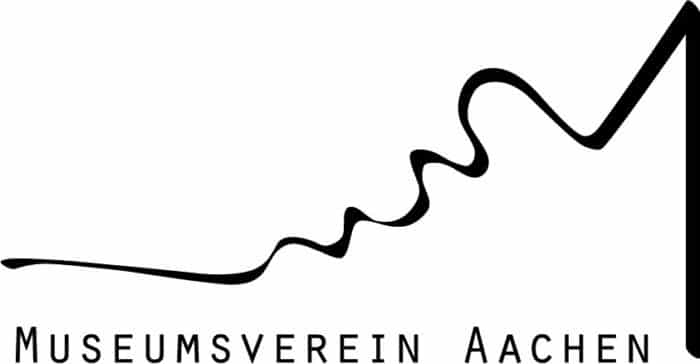Directoire Room
The „Directoire Room“ reflects the furnishing style of the period after the French Revolution. In the Napoleonic era art was characterised by quotations from the ancient world and an aesthetic austerity in form. The mighty cast iron „cannon oven“, framed in an Aachen Empire door surrounded with pilasters crowned with figurines and two stylised dragons, dominates the room. Both the brass fire guard and the two console tables are decorated with sculptured profiles – some with laurel wreaths – which go back to images on ancient coins. The austere oak chairs and the bronze candelabra with supporting female figures, – caryatids – are also typical of this period.
The ambience of the „Directoire Room“ is essentially characterised by the large canvas paintings from the late 18th century. The five landscape paintings optically open up the room with an idealised view of „outside“. All paintings deal with life and work in river and coastal landscapes – fishermen gathering their nets on boats and on the banks, others angling with rods and scoop nets, a woman holding a basket to collect the catch.
One painting shows how an Asian lady and an Oriental gentleman meet on the banks. Despite the exotic clothing – the Asian woman, with her hair elaborately pinned up, wearing a blue, kimono-type robe and carrying a far-eastern sunshade, and the Oriental gentleman with a turban, a green cloak and a dagger in his belt– the European facial features of the figures reveal the artificial situation: the exotic ambience as the stage of the European Rococo society, the confrontation of cultures as role-playing and dressing up. In the paintings on the opposite wall in what would appear to be an Italian river landscape one can recognise the Christian motif „Flight from Egypt“ with the family fleeing from the rising storm in the foreground and „Christ as the good shepherd“ with a shepherd figure and his herd, an almost obligatory image for these Rococo paintings.


